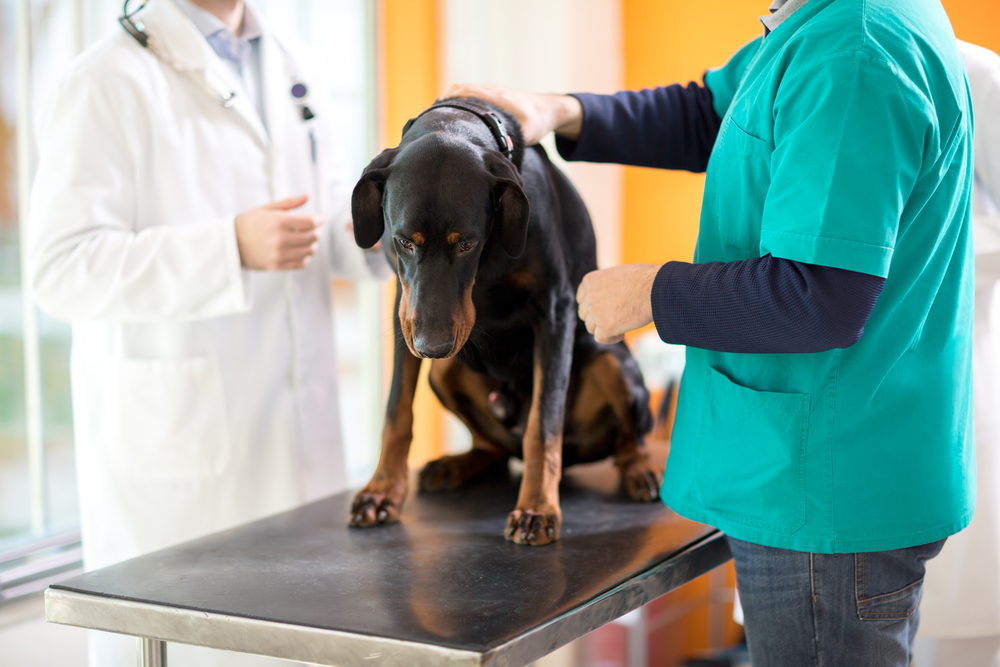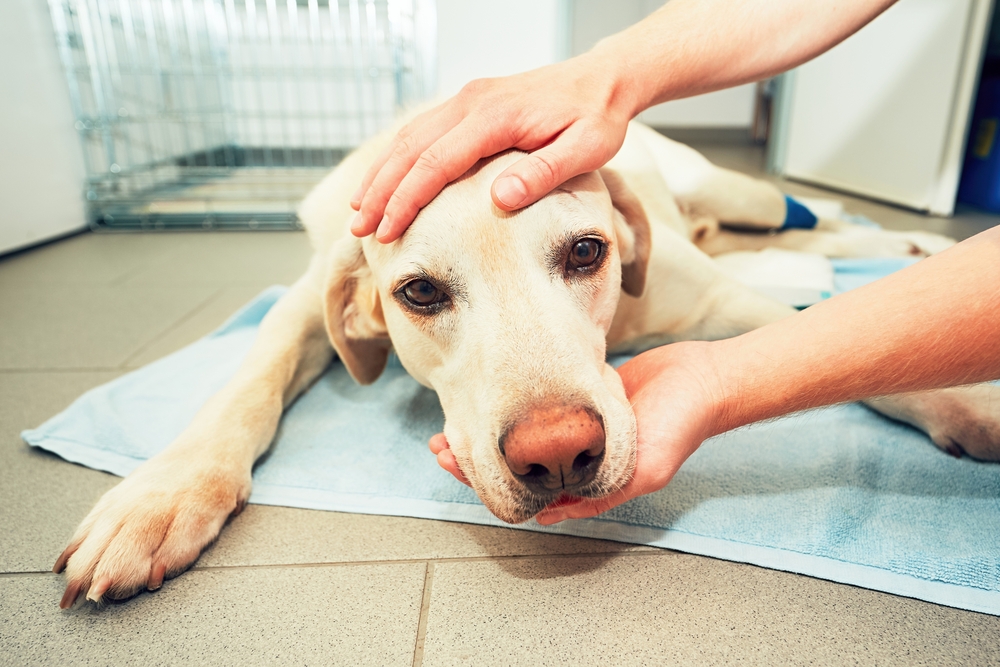Recognizing Cancer Signs in Pets: A Comprehensive Guide for Syracuse Pet Owners
Cancer is a leading health concern in pets, just as it is in humans. While a cancer diagnosis can be overwhelming, early detection and intervention can significantly improve a pet’s prognosis and quality of life. At Stack Veterinary Hospital in Syracuse, New York, we are dedicated to comprehensive cancer care, from early detection to personalized treatment plans.
This guide covers common cancer types, early warning signs, diagnostic methods, treatment options, and ways to support a pet with cancer.
Understanding Cancer in Pets
Cancer in pets results from uncontrolled cell growth that can develop in any part of the body. Some cancers grow slowly and remain localized, while others spread aggressively to other organs.
Common Types of Cancer in Pets
- Lymphoma – Affects the lymphatic system, often leading to swollen lymph nodes, weight loss, and lethargy.
- Mast Cell Tumors (MCTs) – Common skin tumors that can release histamines, causing redness, itching, and ulcers.
- Osteosarcoma – A highly aggressive bone cancer that leads to severe pain, swelling, and lameness.
- Hemangiosarcoma – Affects the spleen or heart, often showing no symptoms until sudden internal bleeding occurs.
- Oral and Nasal Tumors – Can cause difficulty eating, facial swelling, or nasal discharge.
- Mammary Tumors – Common in unspayed female dogs and cats, often presenting as lumps along the mammary chain.
Explore more about pet cancer from the Veterinary Cancer Society.
Recognizing the Symptoms of Cancer in Pets
Cancer symptoms vary depending on the type and location of the tumor. While some signs are obvious, others can be subtle and easily mistaken for aging-related changes.
Common Signs to Watch For
- Lumps or Bumps – Any new, growing, or changing mass should be examined.
- Unexplained Weight Loss – Sudden weight loss without a change in diet may indicate metabolic changes from cancer.
- Chronic Vomiting or Diarrhea – May be linked to gastrointestinal tumors.
- Non-Healing Wounds – Sores that do not heal despite treatment may indicate skin cancer.
- Difficulty Eating or Swallowing – May be associated with oral tumors or throat cancer.
- Abnormal Bleeding or Discharge – Unexplained bleeding from the nose, mouth, or urinary tract should be evaluated immediately.
- Persistent Lameness – Bone cancer, like osteosarcoma, often causes progressive pain and limping.
Concerned about a symptom? Schedule a check-up at Stack Veterinary Hospital.
Risk Factors for Cancer in Pets
While any pet can develop cancer, certain factors increase the risk:
- Age – Cancer risk increases with age, particularly in pets over seven years old.
- Breed Predisposition – Some breeds are genetically prone to specific cancers:
- Golden Retrievers – High risk of lymphoma and hemangiosarcoma.
- Boxers and Bulldogs – Susceptible to mast cell tumors.
- Labrador Retrievers – Increased risk of bone cancer.
- Spaying & Neutering – Unspayed females have a higher risk of mammary tumors, while neutering reduces testicular cancer risk.
- Environmental Factors – Exposure to secondhand smoke, pesticides, and UV radiation can increase cancer risk.
Learn more about pet cancer risks from the American Veterinary Medical Association.
The Importance of Early Detection
Early diagnosis improves treatment outcomes and increases the likelihood of a longer, healthier life.
Recommended Screening Tests
- Physical Examination – Your vet will check for lumps, swelling, and abnormal growths.
- Bloodwork & Biochemistry Panels – Detects changes in organ function related to cancer.
- X-rays & Ultrasound – Helps identify tumors in the chest, abdomen, or bones.
- Fine-Needle Aspiration (FNA) – A minimally invasive way to sample a suspicious lump.
- Biopsy – Confirms tumor type and malignancy through microscopic analysis.
Treatment Options for Pet Cancer
Treatment depends on the type, location, and progression of cancer.
Common Cancer Treatments
- Surgery – The first line of defense for removing tumors before they spread.
- Chemotherapy – Targets cancer cells systemically, commonly used for lymphoma and aggressive cancers.
- Radiation Therapy – Reduces tumor size and alleviates symptoms, especially in nasal tumors or bone cancer.
- Palliative Care – Focuses on pain relief and maintaining quality of life when curative treatments are not an option.
Supporting a Pet with Cancer
Pain Management & Comfort Care
Cancer can cause pain and discomfort, making pain management essential.
- Non-Steroidal Anti-Inflammatory Drugs (NSAIDs) – Help reduce inflammation and discomfort.
- Opioids & Adjunct Medications – Used for more severe pain relief.
- Nutritional Support – A high-protein, low-carb diet may benefit pets undergoing treatment.
- Supplements & Alternative Therapies – Some pets benefit from acupuncture, massage, laser therapy, CBD oil, or herbal supplements.
Learn more about our veterinary services.
Emergency Situations: When to Seek Immediate Veterinary Care
Some cancer-related emergencies require urgent intervention. Seek immediate veterinary care if your pet experiences:
- Sudden collapse or fainting
- Difficulty breathing
- Uncontrollable bleeding
- Severe pain or distress
- Acute swelling in the abdomen (could indicate internal bleeding)

Cancer Prevention & Long-Term Wellness
While not all cancers can be prevented, proactive care can reduce risk:
- Annual Veterinary Check-Ups – Early detection is key.
- Routine Blood Tests & Imaging – Especially for older pets or high-risk breeds.
- Healthy Diet & Regular Exercise – Supports immune health.
- Minimizing Environmental Toxins – Avoid exposure to pesticides, cigarette smoke, and excessive UV radiation.
Early recognition of cancer symptoms can be life-saving. By staying informed, scheduling regular veterinary check-ups, and being proactive about your pet’s health, you can improve their quality of life and treatment outcomes.
At Stack Veterinary Hospital, we are here to support you and your pet every step of the way, from early detection to advanced cancer care.







Leave A Comment